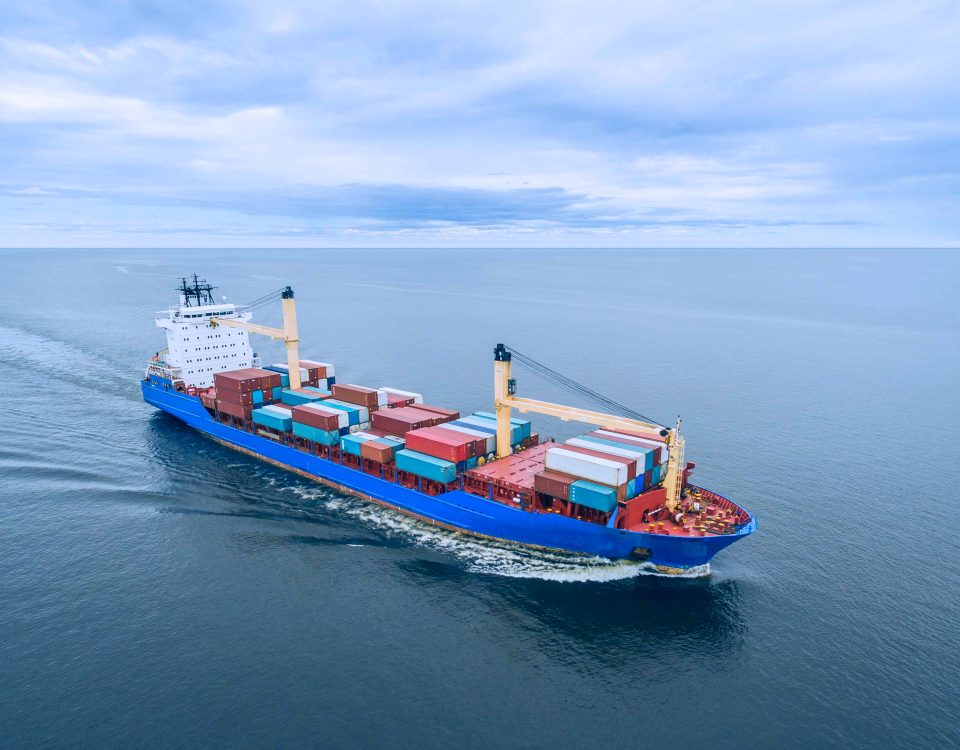
Why the Shipping Industry Must Rethink Recruitment:
April 9, 2025
Big Data & Analytics: Powering the Next Wave of Innovation in Commercial Shipping
July 18, 2025
Why Shipping's Future is Both Clearer and Cloudier
The global shipping industry, often seen as the silent workhorse of international trade, has long been shrouded in an almost romanticized veil of mystery. Its intricate operations and vast networks have traditionally remained opaque to outsiders. For years, experts have championed an inevitable march towards greater transparency, driven by the twin engines of environmental accountability and digital innovation. Yet, as we look to 2025, the reality is proving to be far more nuanced – a fascinating paradox where shipping simultaneously becomes more and less transparent.
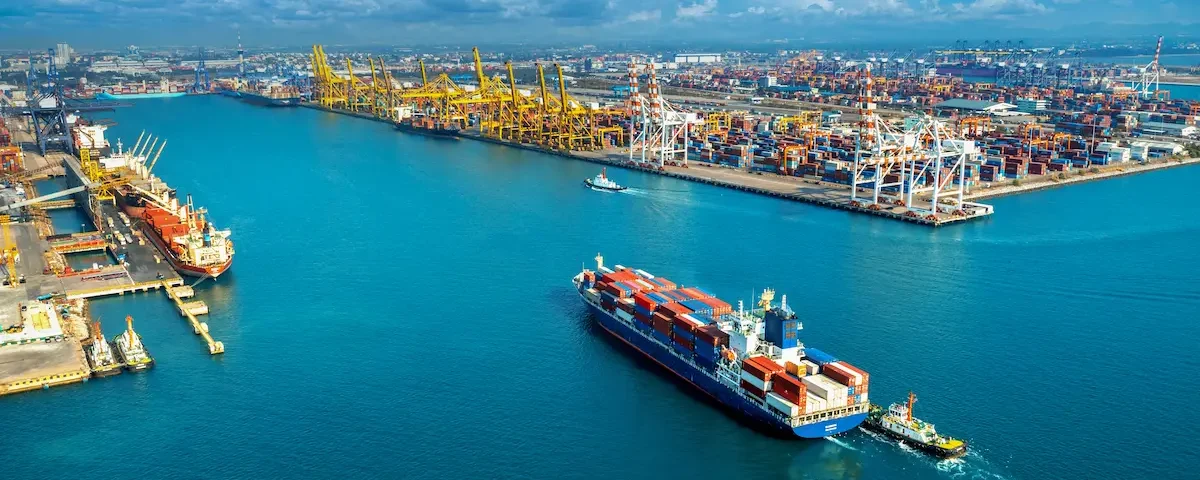
The Irresistible Force of Openness: Carbon, Compliance, and Connectivity
Let’s start with the undeniable push for greater clarity. The chorus for transparency is growing louder, and for good reason.
1. The Carbon Imperative: Unveiling Emissions
Climate change isn’t just a buzzword; it’s a monumental force reshaping every industry, and shipping is no exception. With global decarbonization targets looming, the pressure for carbon accounting in shipping is intensifying. Companies are no longer just asked to report their direct emissions (Scope 1) or those from purchased energy (Scope 2). The real game-changer is Scope 3 emissions, which encompass a company’s entire value chain – from the manufacturing of components to the final delivery of goods by sea.
This means that a multinational brand, keen on demonstrating its environmental credentials, will increasingly demand comprehensive data from its shipping partners. They’ll want to know the carbon footprint of every voyage, every nautical mile. This isn’t just about compliance; it’s about reputation, investor confidence, and ultimately, market access. The demand for granular, verifiable emissions data is forcing shipping lines and logistics providers to adopt robust tracking and reporting systems, inherently increasing transparency.
2. Financial Compliance: Following the Money Trail
Beyond environmental concerns, stricter financial compliance regulations are also chipping away at the industry’s historical opaqueness. Anti-money laundering (AML) and sanctions compliance are pushing for deeper scrutiny of beneficial ownership. Gone are the days when intricate layers of shell companies could effectively hide the true individuals or entities behind a vessel. Due diligence is becoming paramount. Not knowing who genuinely owns, operates, or insures a ship is now a significant red flag, often acting as a direct barrier to legitimate trade. Banks, insurers, and even other shipping companies are demanding to see the faces behind the corporate veils, making “impenetrable ownership” a rapidly eroding luxury.
3. Digitalization: Lighting Up the Supply Chain
The relentless march of supply chain digitalization is perhaps the most powerful catalyst for transparency. Technologies like:
- Real-time tracking and IoT sensors provide unprecedented visibility into a ship’s location, speed, and even the condition of its cargo.
- Blockchain technology offers the promise of an immutable, shared ledger for all transactions and documentation, making it virtually impossible to falsify records.
- AI and data analytics are empowering companies to sift through vast datasets, optimize routes, predict delays, and streamline operations – all of which rely on accessible and accurate information.
This digital transformation isn’t just about efficiency; it’s about creating an interconnected, transparent ecosystem where every stakeholder in the supply chain has access to critical information, fostering trust and collaboration.
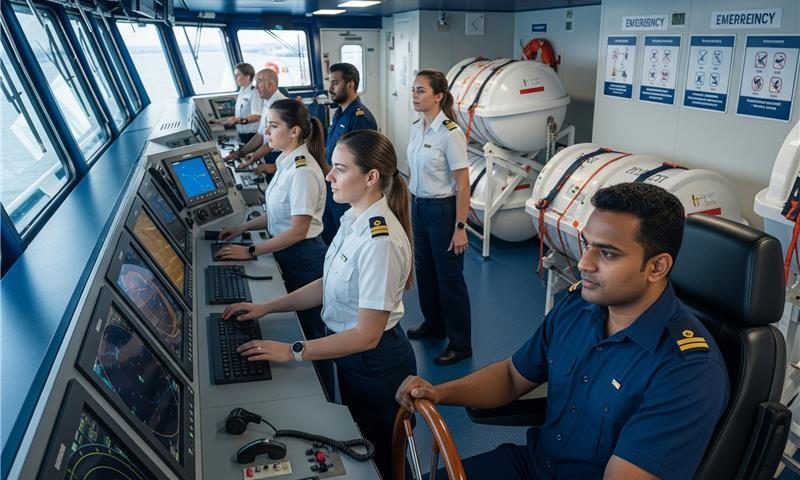
The Persistent Shadow: The Rise of the "Dark Fleet"
However, as the legitimate shipping world is being pushed towards greater openness, a troubling counter-current is strengthening: the rise of the “dark fleet.” This shadowy armada of vessels operates outside conventional regulations, often with deliberately obscured ownership, questionable insurance, and a penchant for turning off their Automatic Identification System (AIS) transponders to evade detection.
These ships are typically engaged in illicit activities, primarily the transportation of sanctioned goods, most notably oil from countries facing international restrictions. Their operations are designed to be as untraceable as possible, thriving in the very opacity that the rest of the industry is trying to shed.
For 2025, there’s a real concern that this dark fleet may grow even darker, employing increasingly sophisticated methods to hide their movements and identities. This poses significant risks:
- Maritime Safety: These vessels are often old, poorly maintained, and uninsured, increasing the risk of accidents, collisions, and environmental disasters.
- Environmental Damage: Without proper oversight, they are more likely to engage in environmentally damaging practices, such as illegal dumping or substandard waste management.
- Unfair Competition: The dark fleet undermines legitimate shipping companies by operating with lower costs due to their lack of compliance, distorting market dynamics.
- Geopolitical Instability: Their clandestine operations can complicate international relations and enforcement efforts.

The Paradoxical Push: Darkness Forces Light
Here’s the intriguing paradox: the very existence and increasing opaqueness of the dark fleet are, ironically, forcing the legitimate shipping industry to become more transparent.
Think about it: when a portion of the global fleet operates in complete secrecy, it amplifies the need for the rest of the industry to be crystal clear. The “darker the dark fleet gets,” the more critical it becomes for legitimate players to demonstrate their adherence to international laws, environmental standards, and ethical business practices.
Customers, governments, and financial institutions, wary of inadvertently supporting illicit trade, are demanding unprecedented levels of due diligence and data. This heightened scrutiny means:
- Enhanced due diligence: Legitimate companies are investing heavily in robust background checks on vessels, owners, and cargo.
- Advanced tracking and monitoring: More sophisticated tools are being developed and deployed to track and identify suspicious vessel behavior, even from seemingly legitimate sources.
- Collaborative data sharing: The need to differentiate between legitimate and illicit operations is driving greater collaboration and data sharing among industry stakeholders, regulators, and intelligence agencies.
In essence, the dark fleet, by its very nature, is creating a sharp divide. It’s making it abundantly clear that operating with impenetrable ownership and imaginary insurance is no longer just shady; it’s increasingly a barrier to legitimate trade. The market is actively penalizing opacity for those who choose to operate within the established rules.
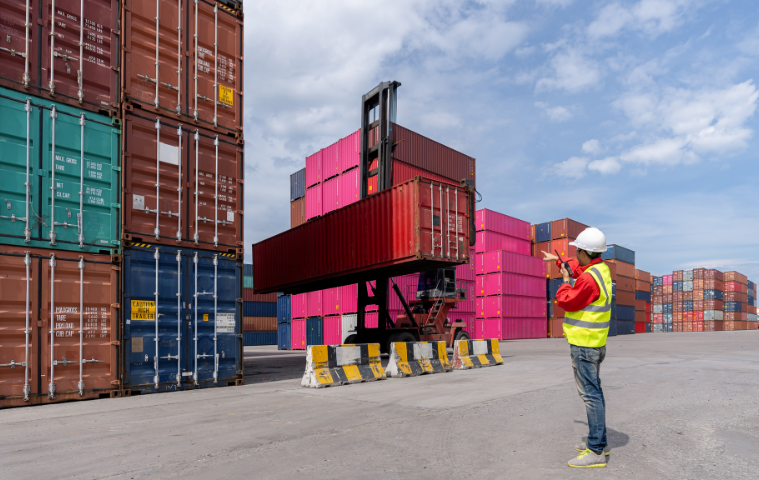
The Human Element: Navigating a Shifting Tide
This dramatic shift in the shipping landscape, with its twin forces of transparency and shadow, underscores a critical point: the industry’s future success hinges not just on technology and regulations, but fundamentally on people.
The demand for specialized skills in commercial shipping is evolving at an unprecedented pace. Organizations need professionals who can not only understand the complexities of global trade, but also leverage new digital tools, implement stringent compliance protocols, and drive sustainable practices. Finding individuals with expertise in decarbonization strategies, data analytics for logistics optimization, or even the intricate nuances of maritime legal frameworks is becoming a significant challenge. The right talent is no longer a luxury; it’s a strategic imperative.
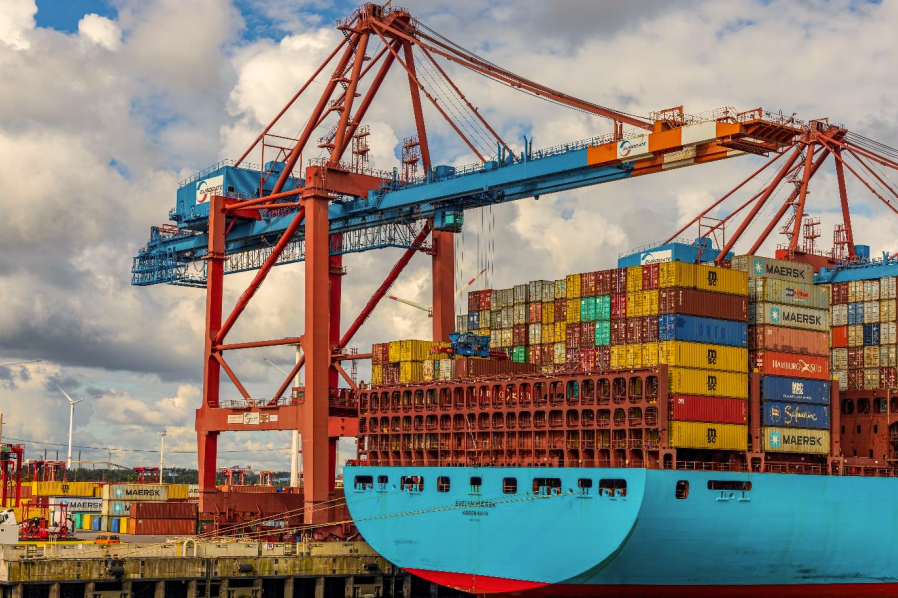
Charting a Course for Talent with Precision
In this complex and highly specialized environment, recruitment becomes more than just filling a vacancy. It’s about strategic talent acquisition that understands the unique demands of commercial shipping. It requires a deep dive into the specific roles, the evolving technological landscape, and the stringent compliance needs that define this sector.
Whether it’s securing experts in new green shipping technologies, digital transformation leaders for port operations, or specialized professionals in maritime risk and compliance, the approach must be precise and industry-focused. The demand is for partners who genuinely grasp the nuances of the maritime world, from Gurugram to global ports, ensuring that the right expertise is matched with the right opportunity.
The road ahead for shipping is undeniably dynamic. As the industry continues to split between clear visibility and deliberate obscurity, the ability to build and retain a highly skilled, adaptable workforce will ultimately determine who sails successfully through these turbulent, yet promising, waters.



